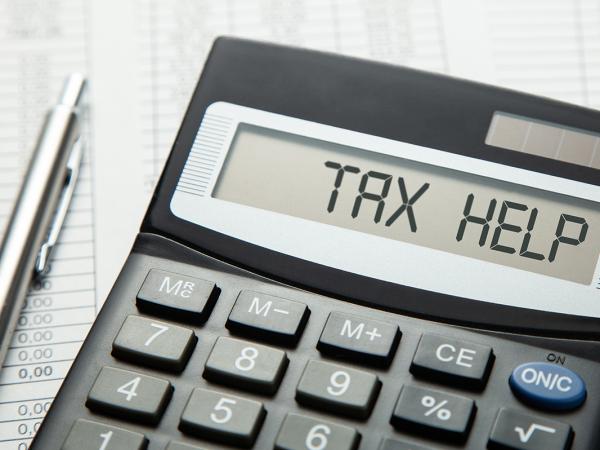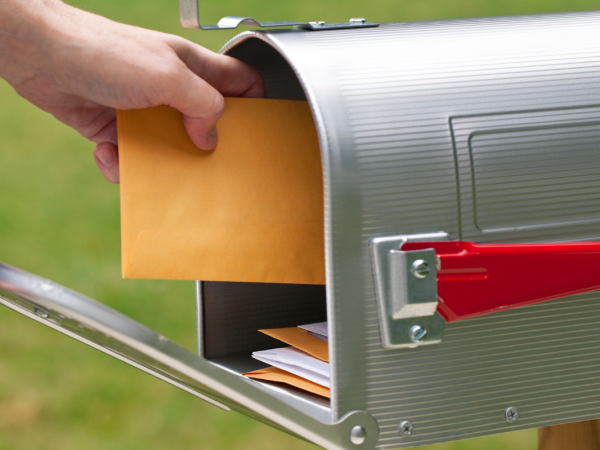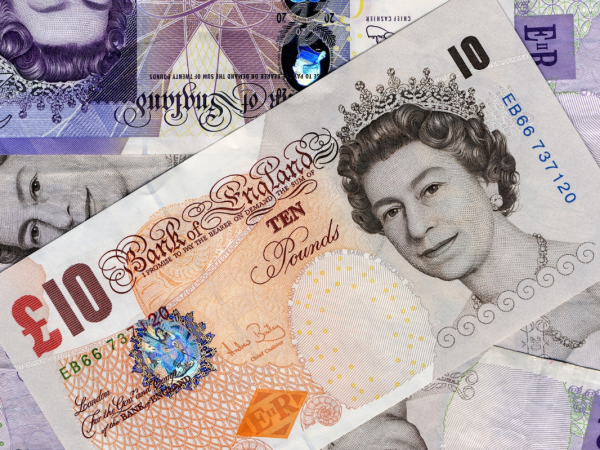HMRC ‘nudge’ letters and emails: deliveries carried out during 2023/24 – what you need to do
HM Revenue & Customs (HMRC) are sending letters and emails to people that they think have carried out deliveries for a delivery company during the tax year ended 5 April 2024 but who do not appear to have declared this income to HMRC yet. We explain more about these emails and letters, and what to do if you receive one.

Content on this page:
Why are HMRC sending these letters and emails?
HMRC are sending letters and emails to people who they think have earned income by making deliveries for a particular delivery company during the 2023/24 tax year, but who they think have not yet paid tax on this income. HMRC have received information directly from the delivery company, that allows them to identify these individuals.
If you have received the letter, it is because, based on the company data, HMRC think that you have earned income by making deliveries during the 2023/24 tax year. However, their systems show that the company does not pay you through the PAYE system as an employee. HMRC’s systems also show that, even though you are being treated as self-employed by the company, you have not registered as self-employed for self assessment yet.
HMRC therefore believe that you are at risk of not declaring all your income and not paying tax on it.
HMRC want to encourage you to register for self assessment and complete a tax return for the tax year 2023/24, so that you can declare your income and pay any tax that is due. In addition, HMRC are asking you to make a voluntary disclosure if you earned income in tax years prior to 2023/24 and you have not declared it.
These letters and emails form part of an HMRC one to many (OTM) campaign. An OTM campaign is when HMRC send out a standard message related to a specific topic to multiple taxpayers. HMRC use OTM campaigns for different reasons. This OTM campaign is intended to encourage you to check and correct your tax affairs and make a voluntary disclosure if appropriate.
What should I do if I receive a letter or email?
Do not ignore the letter or email.
You should take action as soon as possible, even if you do not think you have any income to declare.
What if I have undeclared income I need to tell HMRC about?
If you have not declared your income to HMRC the letter or email explains what you must do, both for the tax year 2023/24 and for any earlier tax years. We provide some further explanations below.
What to do for tax year 2023/24
To tell HMRC about your income for the tax year ended 5 April 2024, you must register for self assessment. You must do this first, even though the registration deadline has already passed – it was 5 October 2024.
Once you have registered for self assessment, HMRC will send you your unique taxpayer reference (UTR), which you need to complete and submit your tax return. HMRC will also send you a notice to file, which will tell you the deadline for submitting your self assessment tax return for 2023/24. The normal deadline for an online tax return is 31 January 2025, but because you will have registered late, you will have a later deadline and so get a bit longer to submit the tax return if you need it.
If you think you owe tax for 2023/24, you must try and estimate this and pay it by 31 January 2025 to help avoid any penalties for failing to meet the 5 October 2024 registration deadline (failure to notify penalties). You can make a tax payment once you have your UTR and then submit your tax return later.
What to do for tax years before 2023/24
If you have income that you have not told HMRC about for tax years before 2023/24, the letter or email says you must make a voluntary disclosure. It tells you to use the Digital Disclosure Service. You can access the Digital Disclosure Service on GOV.UK, as well as HMRC’s guidance on how to make a voluntary disclosure using this service.
You need a Government Gateway user ID and password to use the Digital Disclosure Service. If you do not already have a user ID, you need to create one. You can do this on GOV.UK.
The first stage in making a voluntary disclosure is to use the Digital Disclosure Service to notify HMRC that you intend to make a voluntary disclosure. HMRC will write to you to give you your unique disclosure reference number (DRN). You must use your DRN whenever you contact HMRC about your disclosure. HMRC will also send you a unique payment reference number (PRN), which you must use when you pay HMRC what you owe.
The second stage is to make the actual disclosure. You can do this as soon as you have your DRN. You must make your voluntary disclosure within 90 days of HMRC acknowledging your notification. You must make your payment when you submit your disclosure.
If you cannot afford to pay what you owe within the 90 day deadline, you must make a payment arrangement with HMRC. Do this before you submit your disclosure. See What if I cannot pay all the tax I owe? below.
What if I do not have any income to tell HMRC about?
If you check your tax position and you are confident you do not need to tell HMRC about any income, you should contact HMRC to let them know.
You may not need to tell HMRC about any income if:
- You have already told HMRC about all your income – that is, HMRC have made a mistake in thinking you have not submitted a tax return;
- You have not carried out any deliveries for the company and have not earned any income from them;
- You have earned income from carrying out deliveries, but your total income is covered by the trading allowance.
You can contact HMRC by writing a letter or by telephone. Whichever method you choose, you must confirm that you do not need to register for self assessment or make a disclosure and explain why. There are contact details available on GOV.UK.
What if I ignore the letter or email?
If you do not contact HMRC or register for self assessment, HMRC may open a compliance check into your tax position. Or, they may make an assessment. This means they may issue a bill to you setting out what they think you owe based on the information that they have, including tax, interest and penalties.
What happens next?
HMRC will compare your tax return for 2023/24 and any disclosure that you make, with the data from the company, other information that they hold in their various systems and information from their risk analysis work. Their decision will be based on this comparison.
If HMRC think that you have provided incorrect information in your tax return and any disclosure, they may open a compliance check.
Will I have to pay penalties and interest?
HMRC charge penalties for failing to meet certain deadlines. These include penalties for submitting your tax return late, paying your tax late and failing to notify a tax liability on time.
As we set out above, you can minimise any failure to notify penalty for 2023/24 by paying your tax for 2023/24 by 31 January 2025. Only if you miss the extended deadline for filing your 2023/24 tax return will you have to pay late tax return submission penalties.
In respect of earlier tax years, you are likely to be liable to pay failure to notify penalties in line with HMRC’s guidance. You must work out the penalties you have to pay using the Digital Disclosure Service.
If you make a disclosure in response to this letter or email, HMRC will treat the disclosure as unprompted. You may have to pay a penalty unless you can show you have a reasonable excuse. If you only make a disclosure following further intervention from HMRC, they will treat it as prompted. Any penalties will be higher.
HMRC charge interest on tax that you pay late. So, if you manage to pay any tax that you owe in respect of 2023/24 by 31 January 2025, you should not have to pay interest for 2023/24.
However, if you have to make a disclosure in respect of earlier tax years, you will have to pay interest on any tax that is due as a result of making the disclosure. You must work out the interest you have to pay using the Digital Disclosure Service. It has calculators to help you.
There is guidance on penalties and interest, including reasonable excuse, on our website.
There is guidance on failure to notify penalties on GOV.UK.
What if I cannot pay all the tax I owe?
If you owe tax, but cannot afford to pay it all in one payment, and/or cannot afford to pay it by the relevant deadline (including for the Digital Disclosure Service), contact HMRC. You can ask HMRC about setting up a Time to Pay arrangement. If HMRC agree to offer you a Time to Pay arrangement, this will spread the payments of tax that you owe over several months.
Where can I find more information and help?
We have an example of the HMRC letter available to view.
We have an example of the HMRC email available to view.
Our self-employment guide has a case study that shows how to fill in the self-employment pages of a self assessment tax return.
If you are unsure of your tax position, you should seek independent advice. If you can afford to pay a professional tax adviser, you can find more information on how to find one on our website.
If you are on a low income and cannot afford to pay for a professional tax adviser, you should contact the tax charity TaxAid, who may be able to assist you.
If your health or personal circumstances mean that you find it difficult to deal with your tax position you may be able to get additional help from HMRC’s Extra Support Team.



